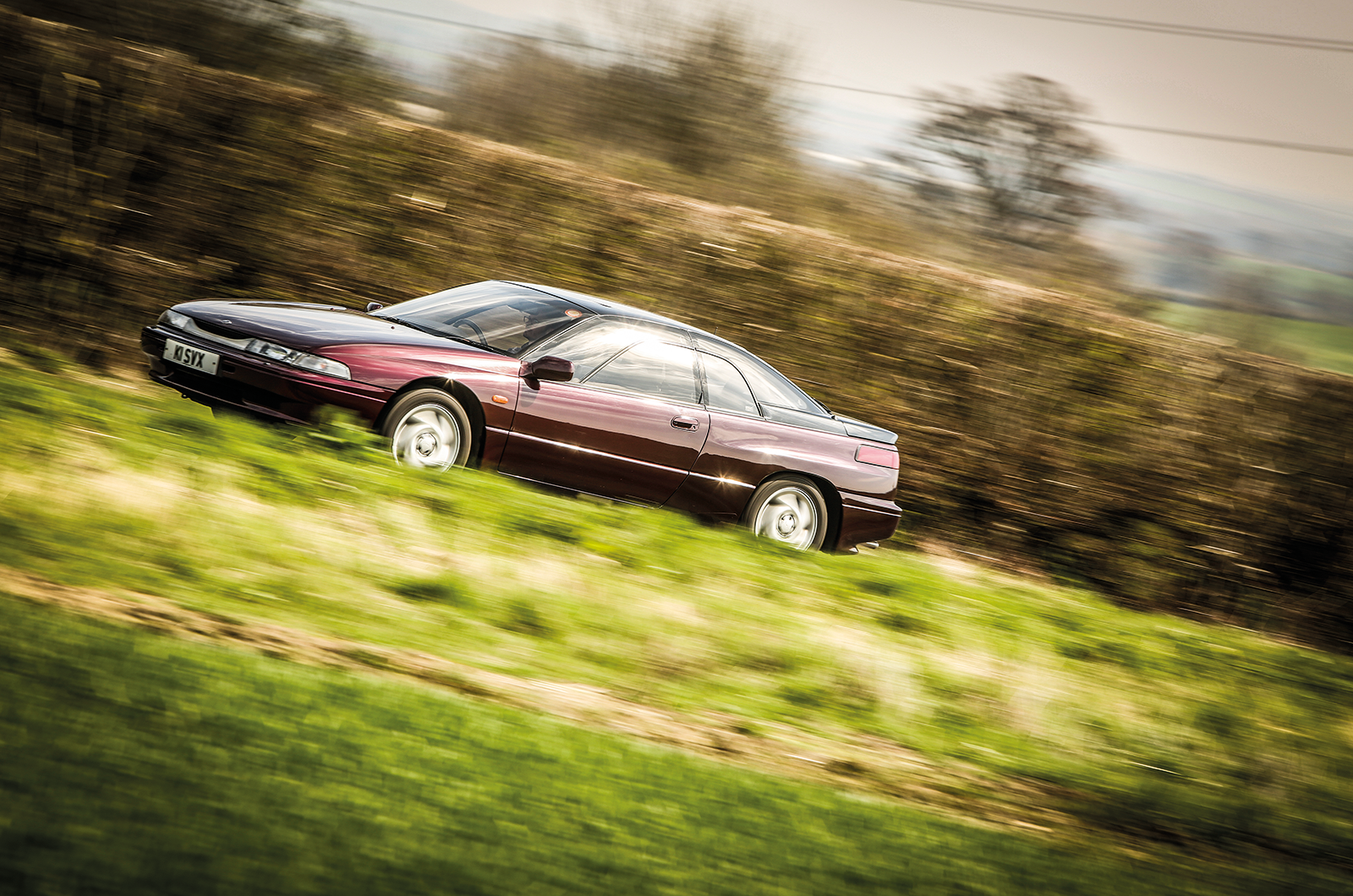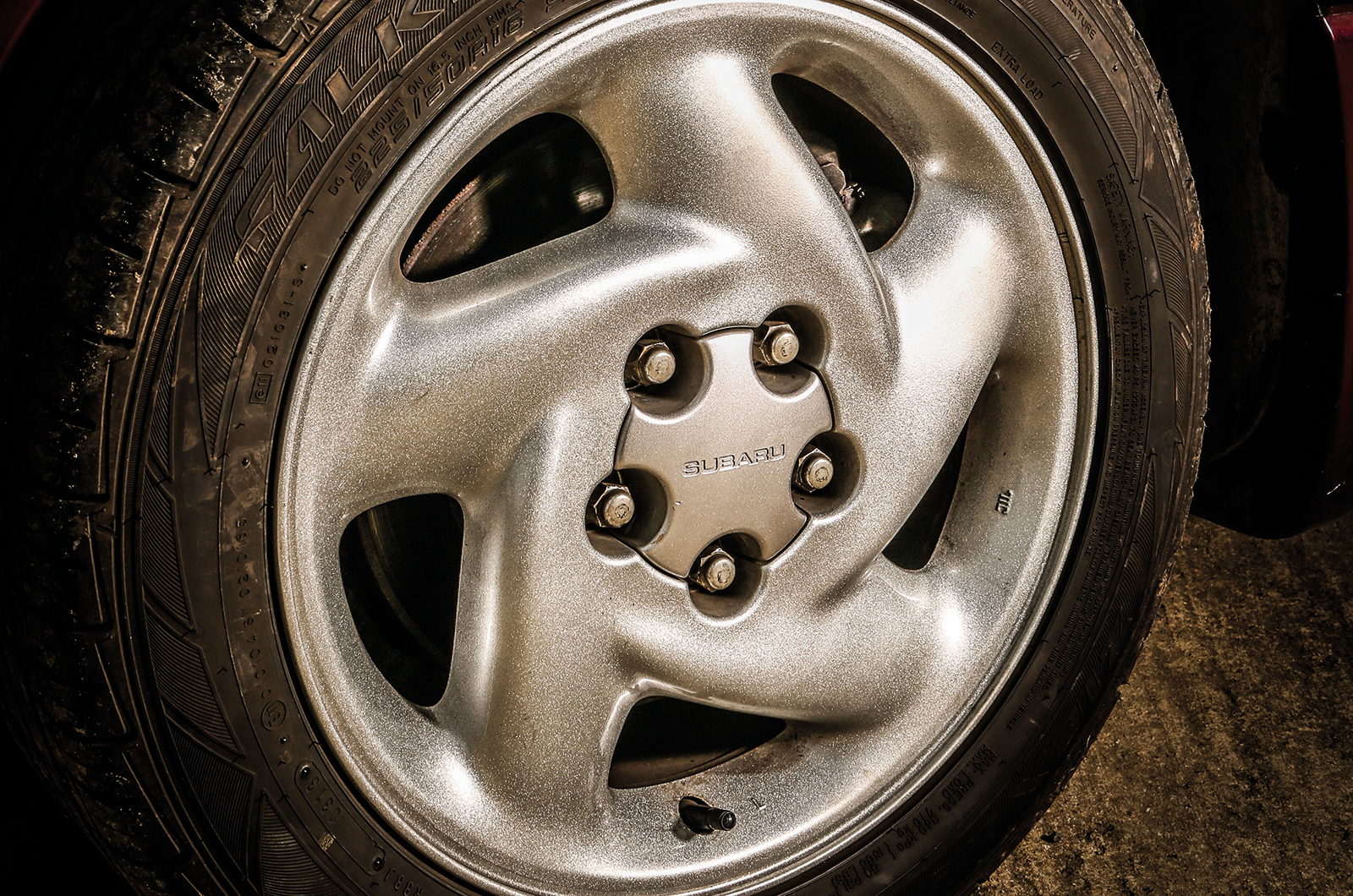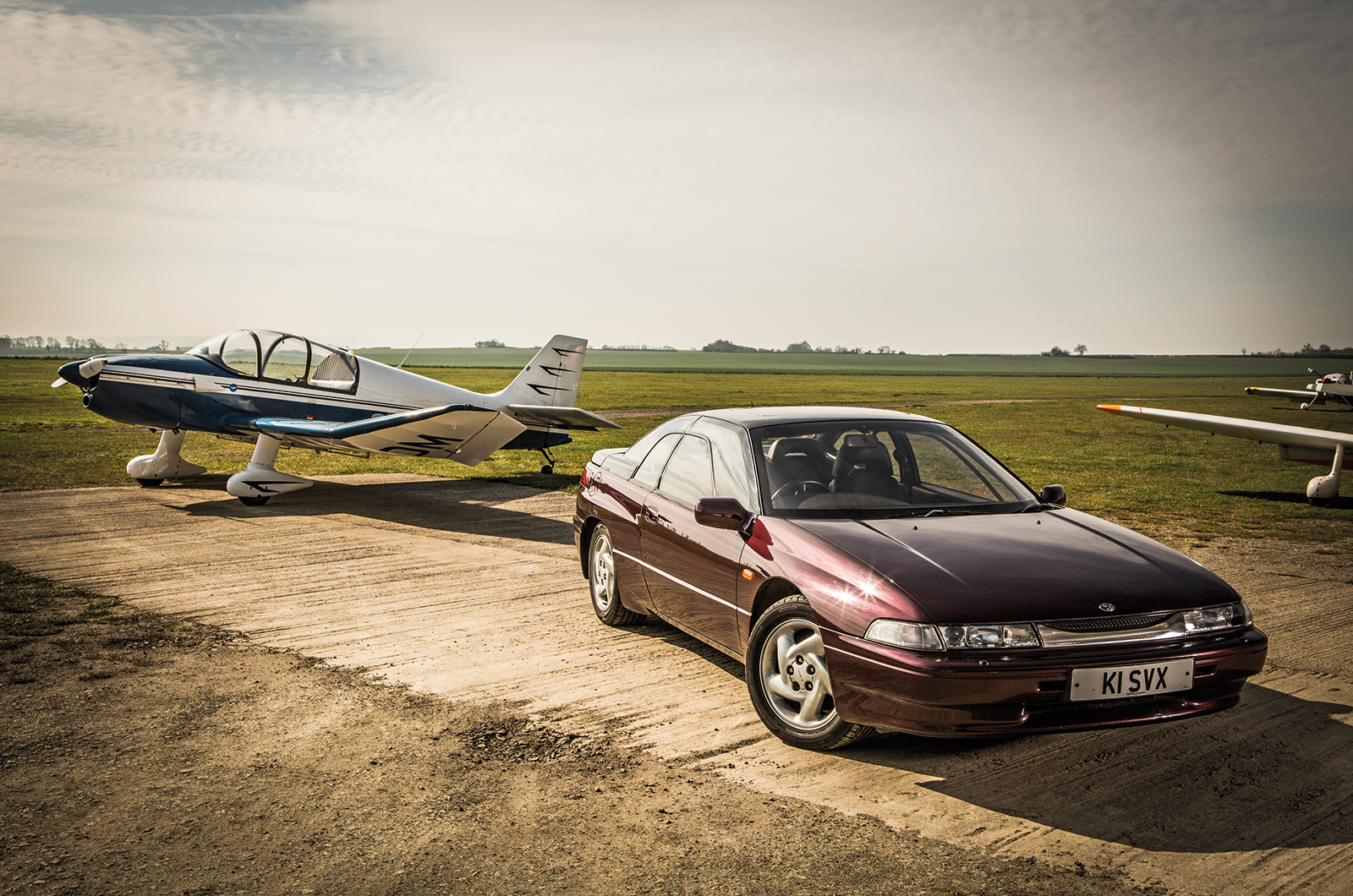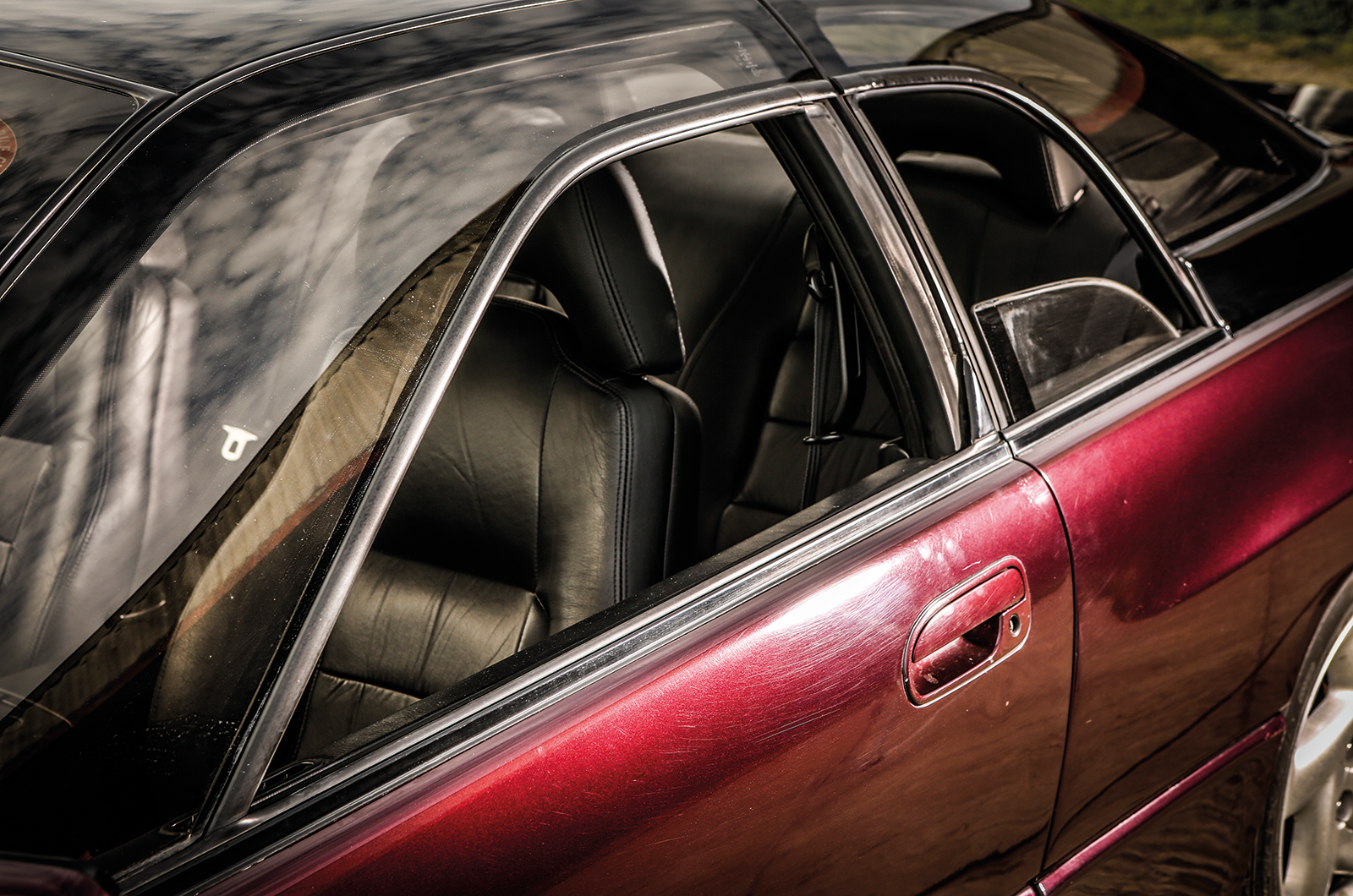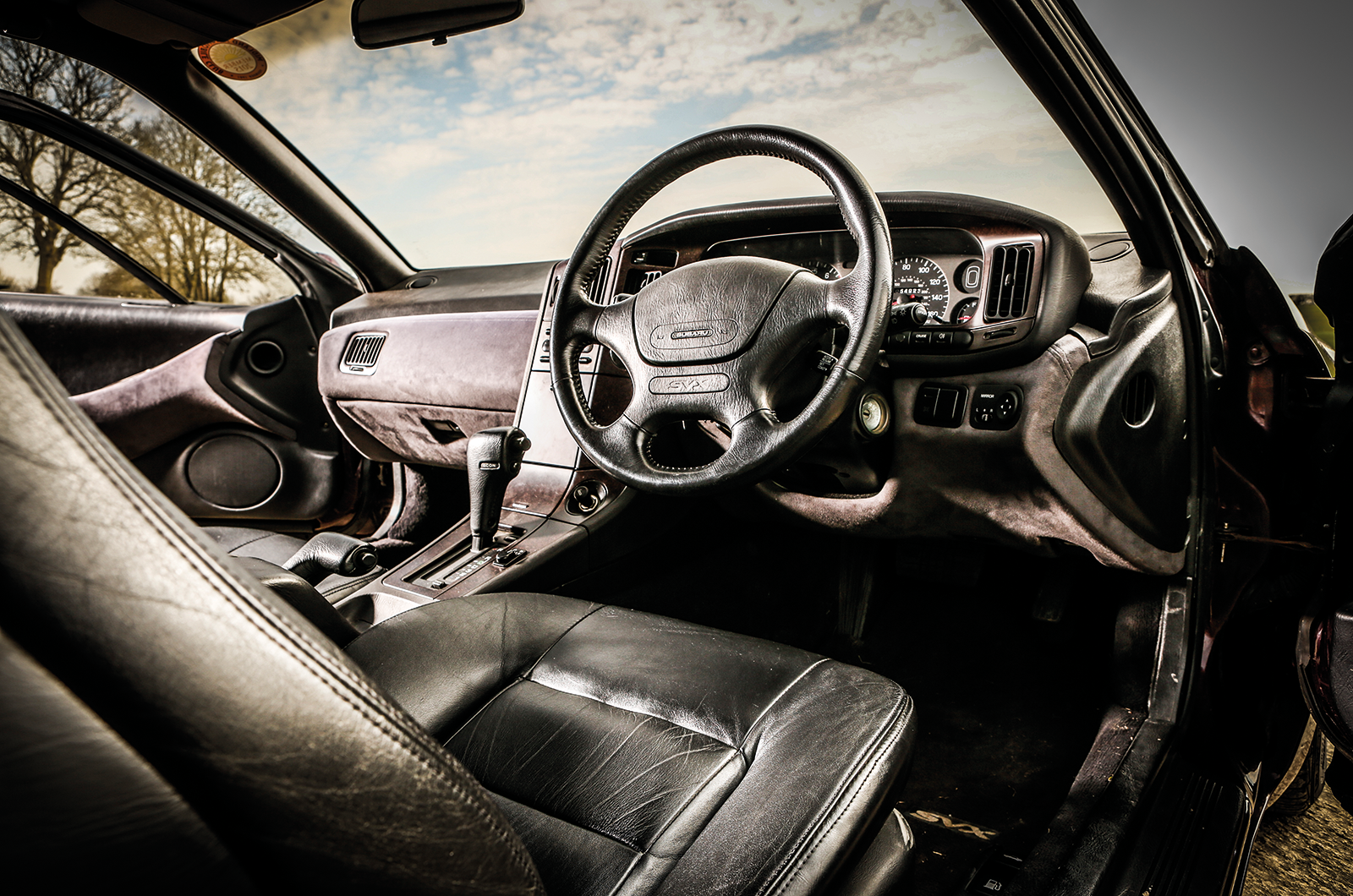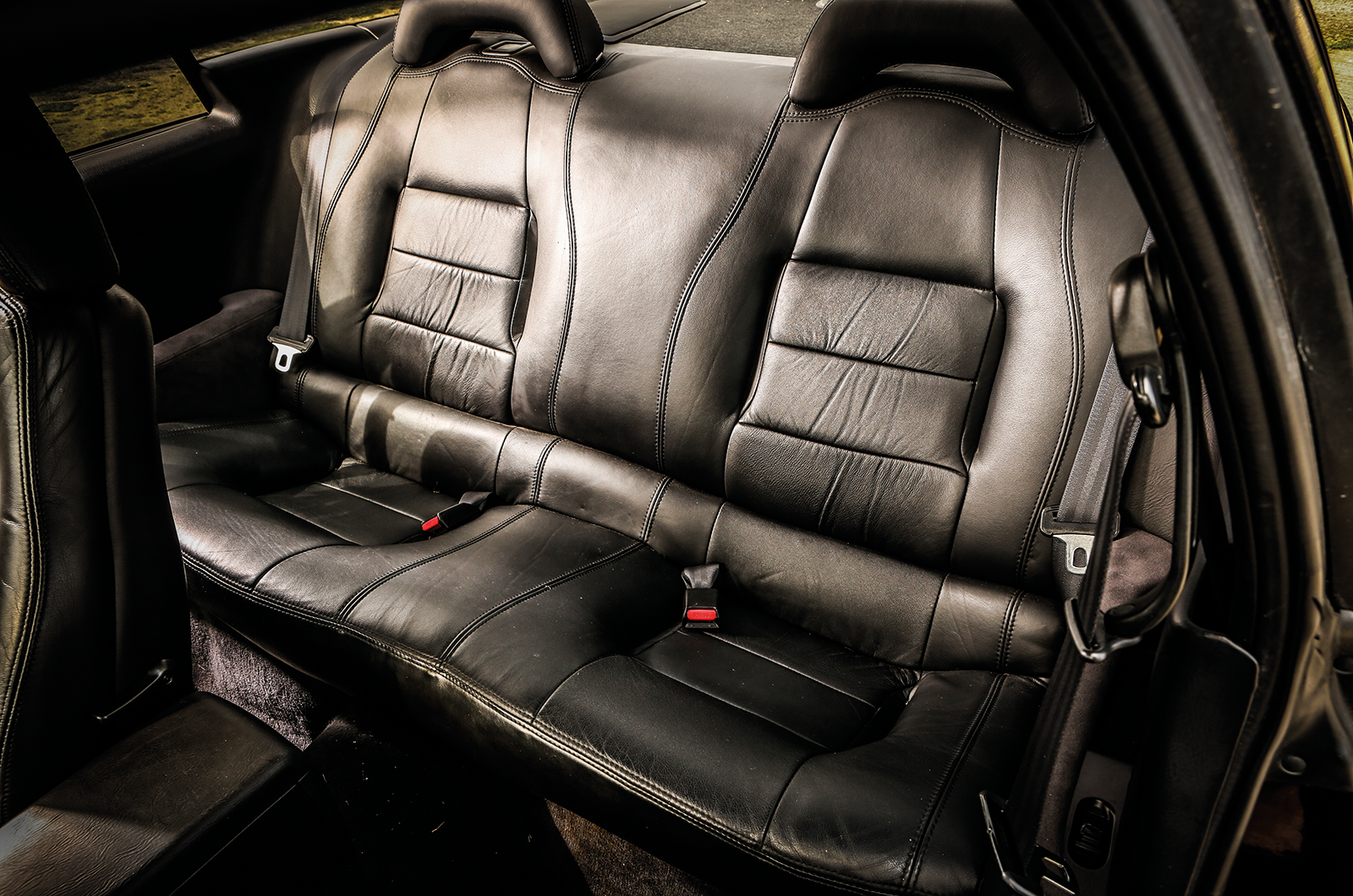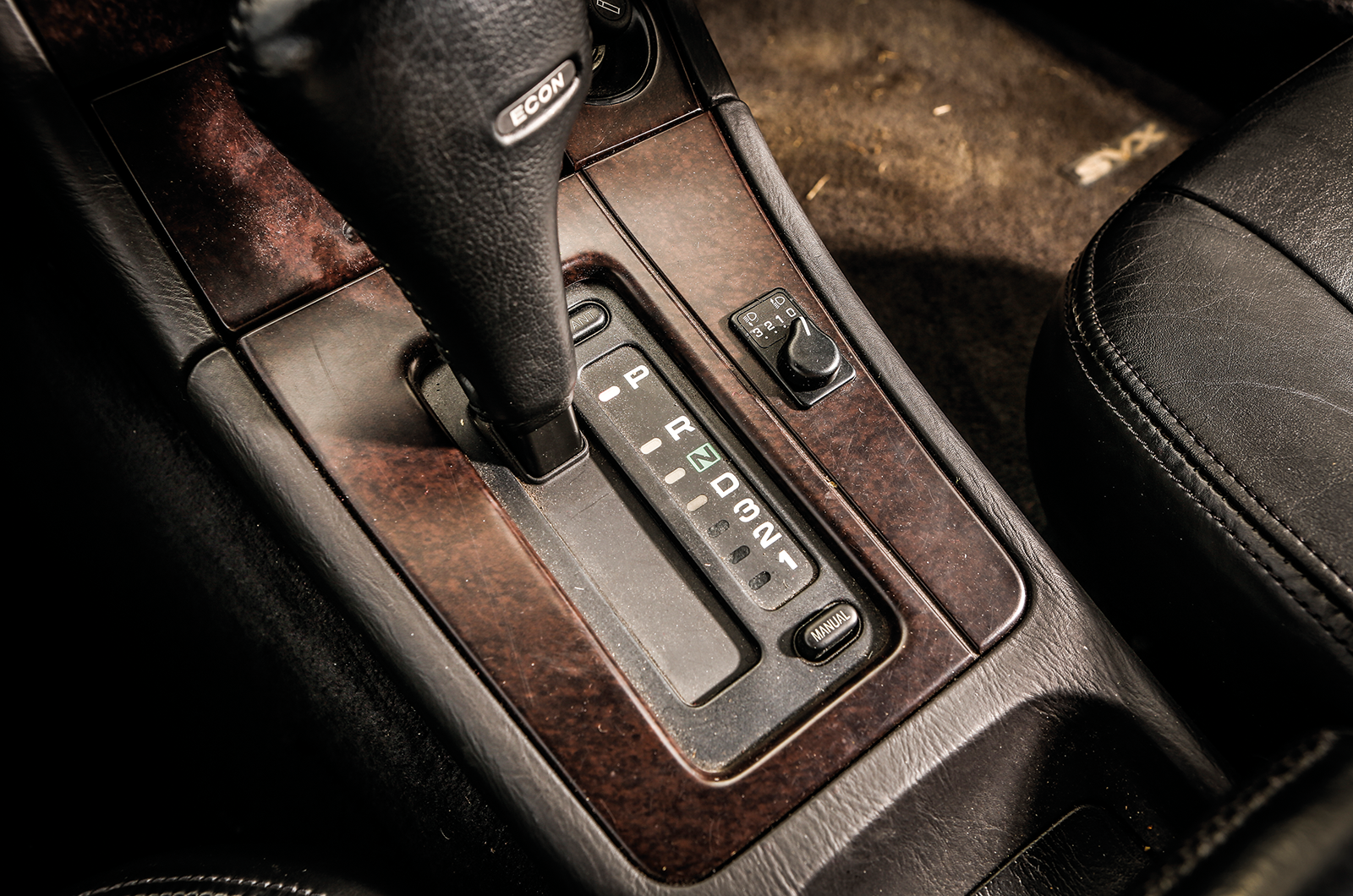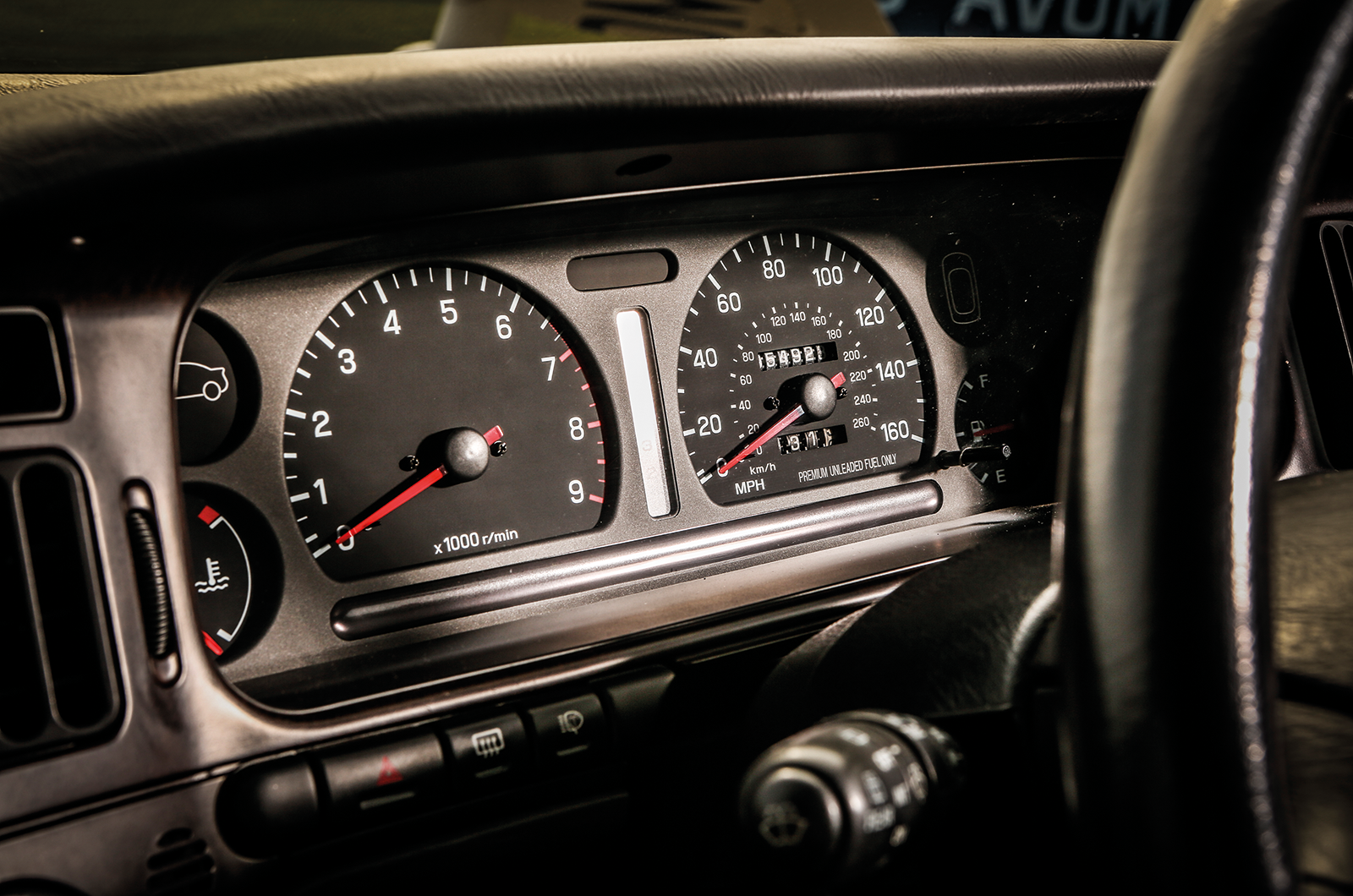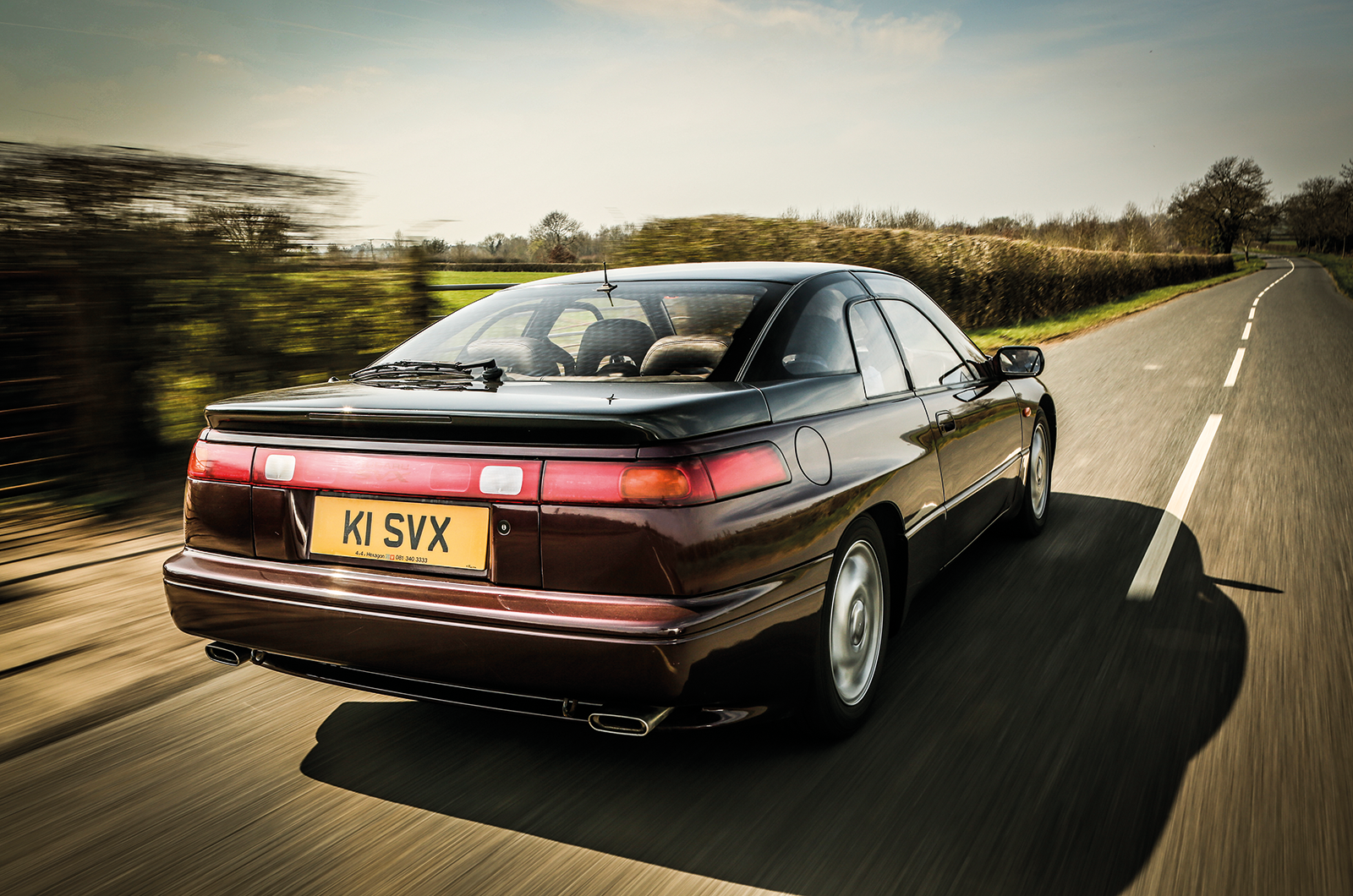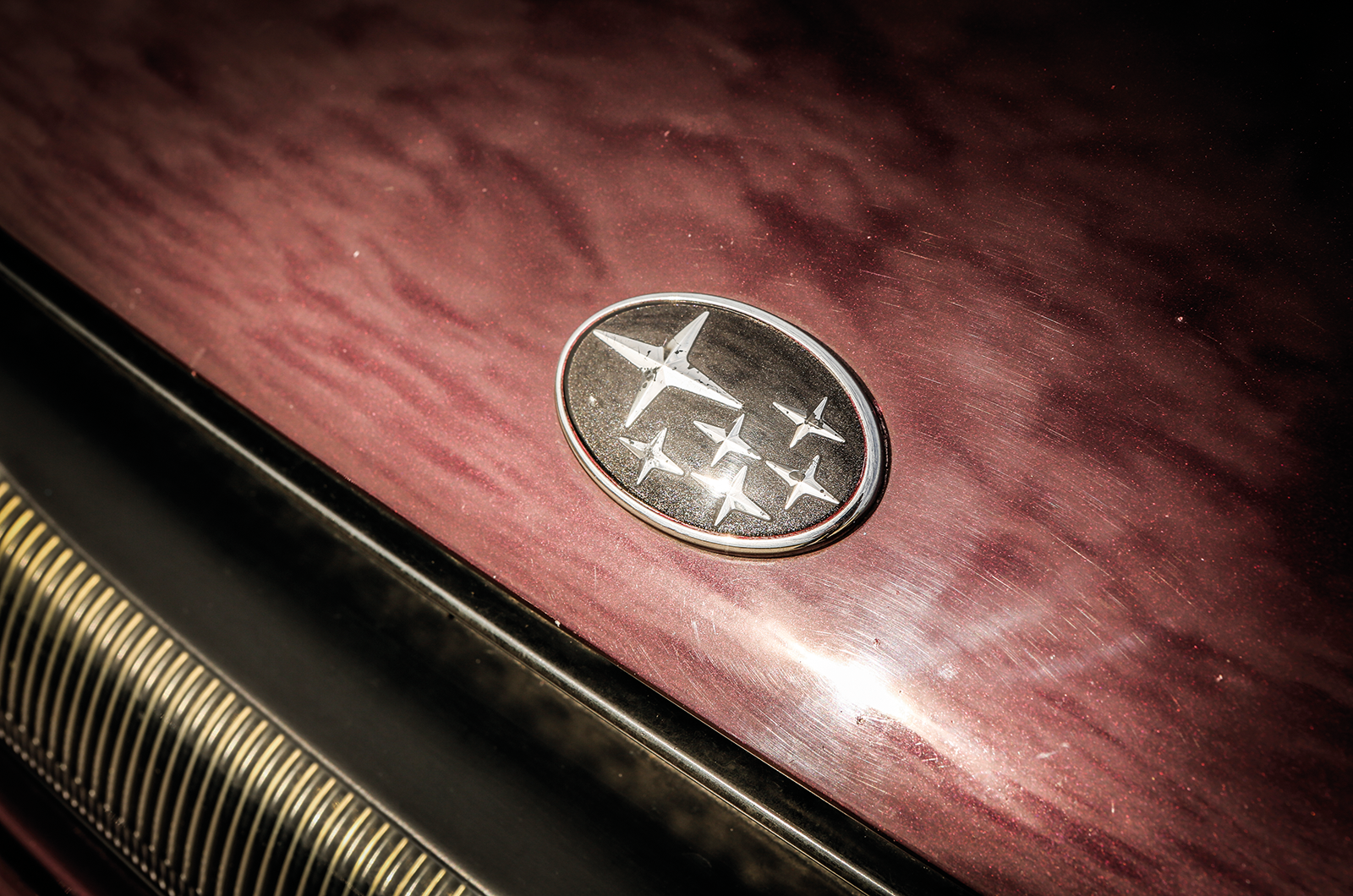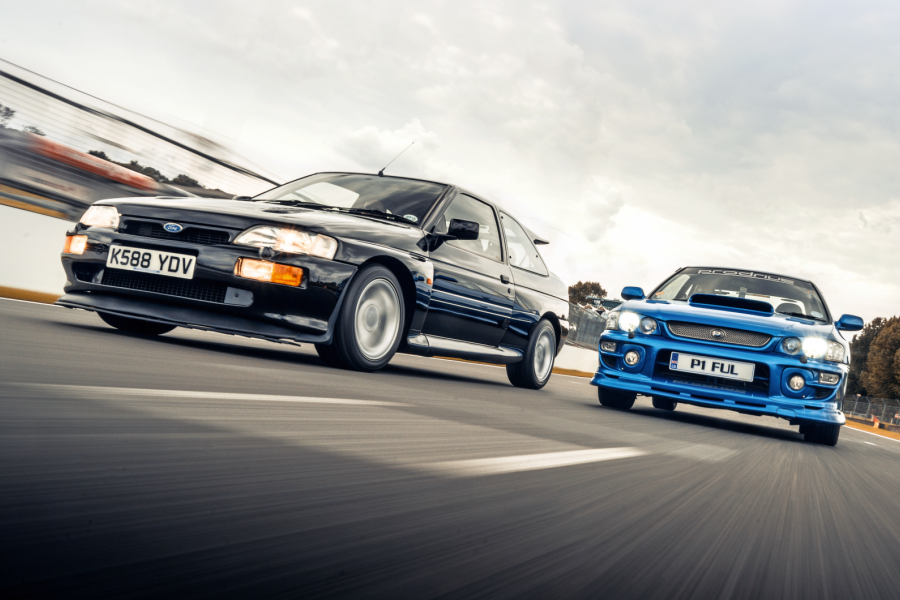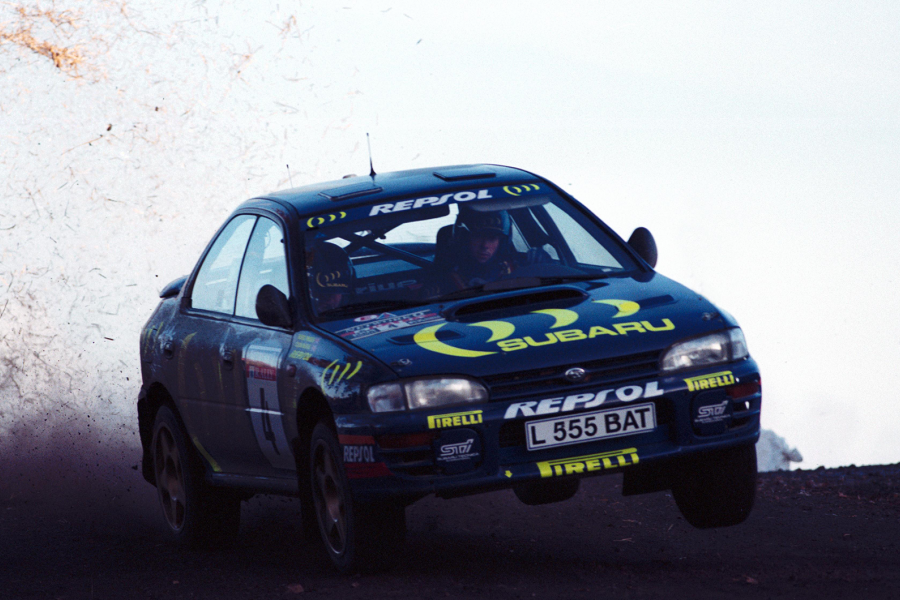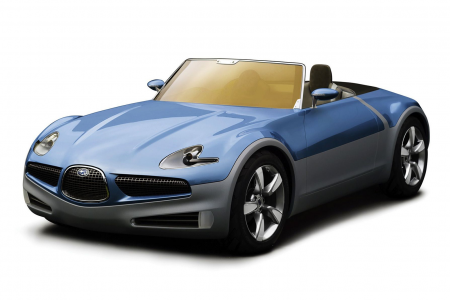
Beautifully put together and dripping with high technology, the SVX was Subaru’s ambitious attempt to crack the 1990s luxury coupé market.
For a long time, the company was known only for producing kei-class oddities and rugged if uninspiring saloons and utilities.
Its early adoption of four-wheel drive (the Leone had it from 1972) and adherence to horizontally opposed engines (first seen in the ’65 1000) made it stand out from the crowd, but it took a long time for the company to realise that more could be done with these basic ingredients.
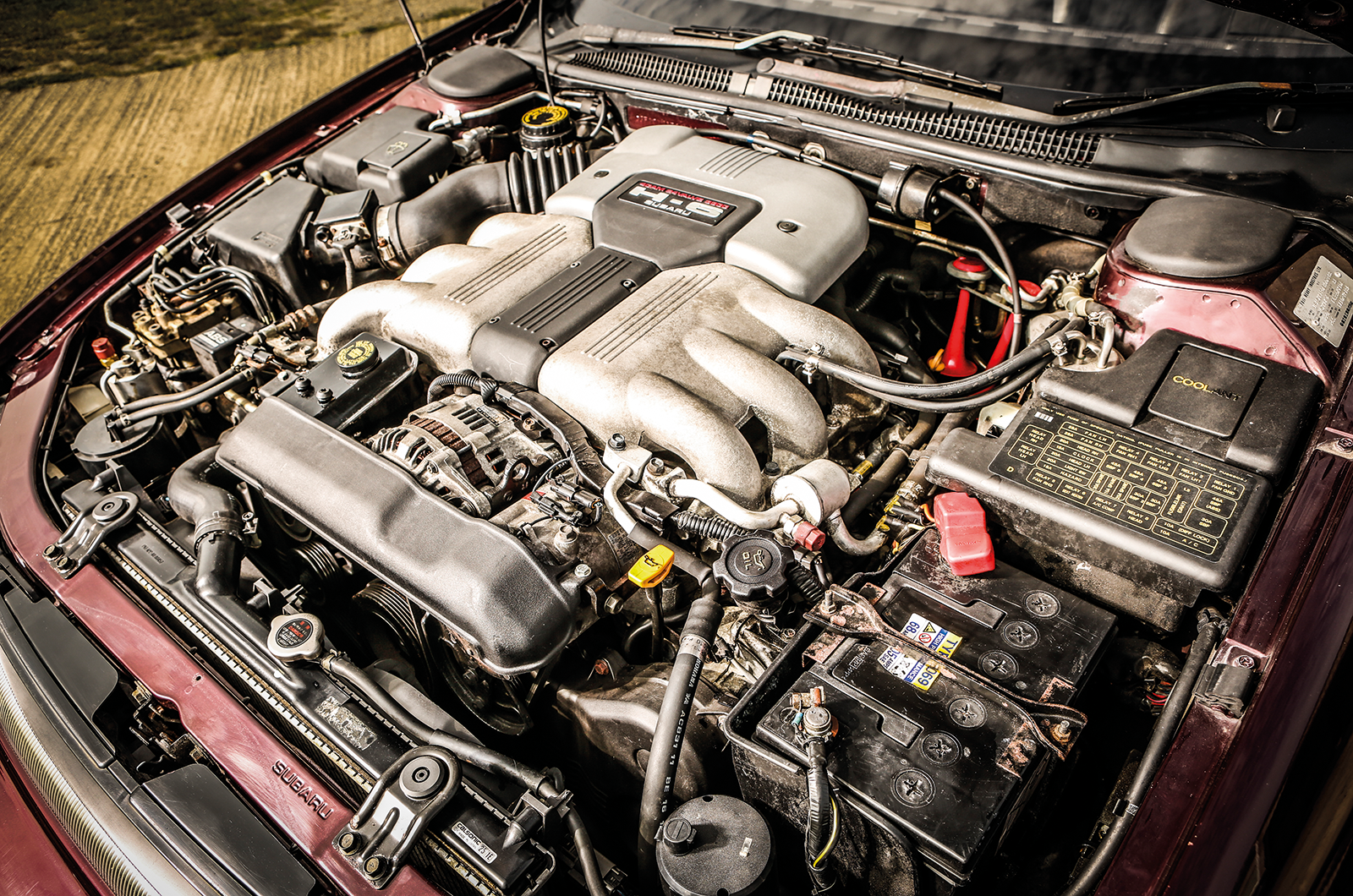
The first inkling of change came in 1985, with the launch of the XT. This angular machine looked like an uncomfortable blend of Toyota MR2 Mk1 and the contemporary Honda Prelude, but it featured a naturally aspirated or turbocharged flat-four, or, latterly, a flat-six.
Then came the turbocharged, quad-cam Legacy, a model that managed to get its foot in the door of the World Rally Championship before the Impreza smashed straight through it.
If performance-orientated enthusiasts didn’t know much about Subaru during the 1980s, they certainly did by the end of the next decade.

